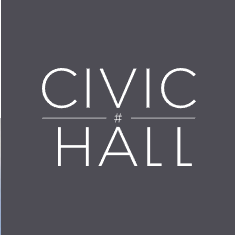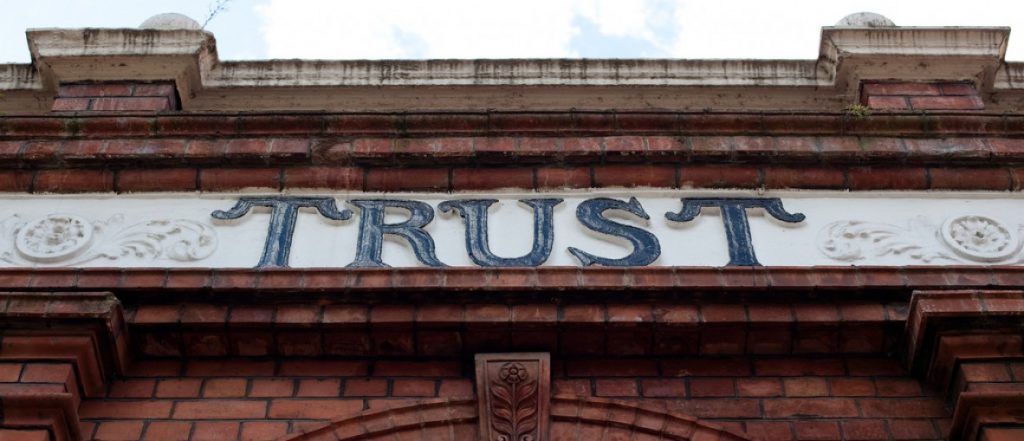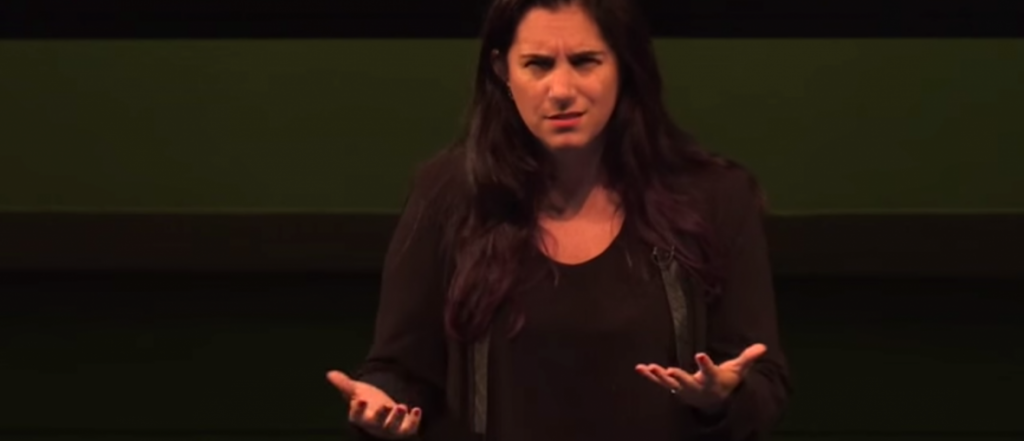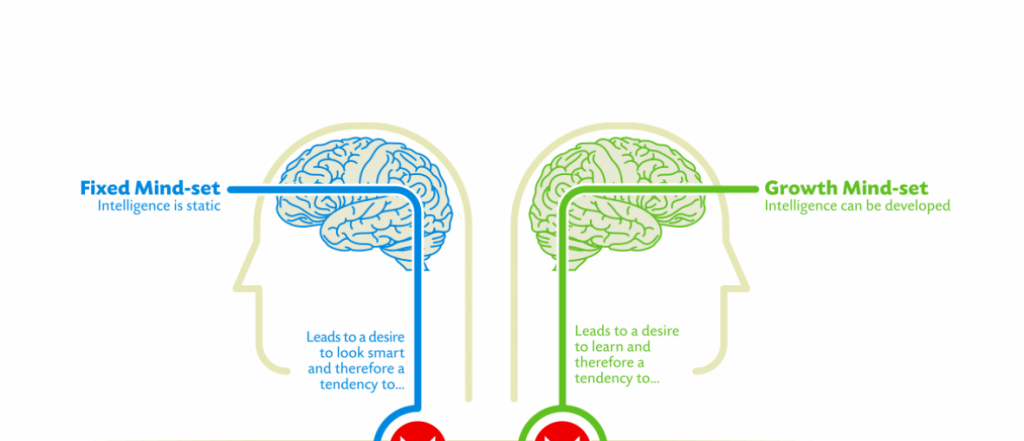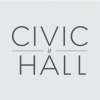NEW YORK CITY TESTS DIGITAL BALLOT IN PARTICIPATORY BUDGET VOTE
- MICAH L. SIFRY
- June 18, 2015
- 1:52 pm
In New York City’s fourth year of participatory budgeting, five city council districts pilot a digital ballot and experimental voting interfaces designed to make “the best decision possible.”
On a warm Saturday afternoon in April, a mother perched on the steps of a public library with her two children, holding an iPad. “I want to do the last one,” one of the kids said. “Wait,” the woman replied, “I’ll tell you what to push.” On the sidewalk in front of the library stood the local city council member, Brad Lander, pitching people as they walked by: “Want to help decide how to spend one million dollars?” It was one of the last days to vote in New York City’s fourth year running participatory budgeting, but for the first time people could vote on a laptop or iPad.
Participatory budgeting is the practice, originating in Brazil, of letting community residents decide how municipal funds should be allocated in their neighborhood. In New York City, it is an almost year-long process, beginning with the development of proposals in the fall, followed by a consultation with city agencies on budget and feasibility in the winter, and finally voting on projects in the spring. The participatory budgeting vote is a far more inclusive process than local elections: Immigration status is of no import, as long as the person is a resident of the council district in which they vote, and, depending on the district, residents as young as 14 or 16 can participate. This year, New York’s fourth, more than 51,000 people voted on how to spend $32 million dollars on capital projects.
“The level of engagement and enthusiasm in this year’s Participatory Budgeting process was unprecedented and deeply democratic,” Speaker Melissa Mark-Viverito said in a public statement. “Across the city, thousands of residents of all ages and backgrounds came together to make their neighborhoods a better place to call home. Participatory Budgeting breaks down barriers that New Yorkers may face at the polls—including youth, income status, English-language proficiency and citizenship status—resulting in a civic dialogue that is truly inclusive and representative of the diversity of this community and this city.”
There is also more space for innovation in the participatory budgeting process than in regular elections, which made it possible to test digital ballots and experimental interfaces in five of the 24 city council districts that ran a participatory budgeting vote this year (of 51 total districts). To make the digital ballot a reality, the city partnered with Stanford University’s Crowdsourced Democracy Team and Democracy 2.1, an international project to change community decision-making. The Stanford team led the development of the digital ballot, consulting with Democracy 2.1 and the city on the user interface, and Democracy 2.1 led the ballot implementation during the vote in April. (Full disclosure: Democracy 2.1 is an organizational member of Civic Hall.)
“Make it as easy as an ATM—that was our goal,” says Lex Paulson, a professor of political theory at Sciences Po-Paris and an international counselor at Democracy 2.1. At the core of the Democracy 2.1 project is a voting algorithm developed by a mathematician and anti-corruption activist, Karel Janecek, that privileges consensus over majority-wins.
Deploying the digital ballot in New York City this spring was an opportunity to test some of the alternative ways of voting developed by Janecek and the Stanford team. In each of the five districts where the digital ballot was piloted, participants were asked to vote on an experimental ballot after their real vote had been cast.
On the actual ballot, voters were asked to select five projects, regardless of size or cost, no more, no less. In contrast:
One of the experimental ballots tried to solve the knapsack problem, a mathematical problem of combinatorial optimization. In layman’s terms, that means getting the most bang for your buck. This experimental ballot allowed voters to choose up to one million dollars worth of projects. Unlike the actual ballot, which restricted voters to no more than five projects, this allows voters to choose many more projects, because they find they have space for smaller budget items left over after choosing big ticket items.
Lex Paulson says this can give arts projects an edge, since they usually have small budgetary needs but, because they are seen as inessential (as opposed to installing air conditioning in a school cafeteria), are less likely to be among a pick of just five projects.
“When people vote they should see the same trade-off that a city planner sees,” says Ashish Goel, who leads the Crowdsourced Democracy Team. We spoke in April at a voting site on the Upper East Side.
“Our design principle,” Goel said, “[is] how to build for people so they can make the best decision possible.”
A second variation of that ballot allowed people to choose up to two million dollars worth of projects, even though the budget was less than that. Giving people more options raises the likelihood that someone will pick a winning project, a key factor in Democracy 2.1’s “satisfaction index,” a metric that they developed to assess the success and impact of democratic processes.
“Our premise is that the higher the percentage of voters who end up supporting a winner, the greater the level of consensus and satisfaction with the process will be,” Paulson explains. “Our argument—which our pilot data from 2015 is continuing to strengthen—is that the D21 voting system, through the effect of more votes per voter, is the most efficient way to maximize overall satisfaction with any democratic process.”
One of the other experimental ballots gave voters “down” votes in addition to “up” votes, which allows the city to see which projects are the most divisive or controversial. Another ballot showed voters randomized pairs of projects, and the voter had to decide which of the two projects they would prefer to fund.
During a brown bag lunch at Civic Hall last week, Paulson explained the many benefits of using a digital ballot, in addition to increased opportunities for experimentation and innovation.
To start, digital is mobile. Staff and volunteers were able to take iPads into parks, to go where the people are instead of expecting them to come to the voting site.
Digital ballots can also be more information-rich than paper. It’s easier to add visual elements, and the ballot this year could be translated into Chinese and Spanish. The New York Times reported that in one district last year, two-thirds of the ballots were cast in Spanish and Chinese. While printing foreign language ballots is possible, going digital means that you don’t have to guess at how many to print and risk having too many or too few in a particular language.
While we’re on the subject, digital ballots save trees and ink. Fewer paper ballots also means fewer votes need to be hand-processed; digital means getting real-time results.
Digital ballots also allow for project order randomization. Studies have shown that the placement of a proposal at the top of the ballot improves the likelihood that the proposal will be funded. Although printed ballots are all identical, digital ballots, when randomized, can eliminate that small placement bias.
This year, Democracy 2.1 and Crowdsourced Democracy Team only got involved in the final stage of the participatory budgeting process, the vote. However, they will be involved from the beginning in next year’s process, which will begin in the fall.
Lex Paulson hopes to experiment using the Democracy 2.1 platform as a deliberative tool in the proposal stage of the process, not just a decision-making tool.
Sondra Youdelman, the executive director of Community Voices Heard, a community organization dedicated to making civic processes more inclusive, tells Civicist that she would like to take a look at the statistics gathered from the voter survey to identify areas with underrepresented communities. Community Voices Heard has been integral to developing New York’s participatory budgeting process since it launched three years ago.
“I mentioned to Lex and the group that I actually like the idea of having iPads and having people go out in the community and get people to vote if it’s targeted properly,” Youdelman explains. Her concern is that digital ballots, without additional outreach in underrepresented communities, could further increase the civic engagement divide in the city.
This year, in advance of the idea-generating phase of participatory budgeting, Community Voices Heard sent canvassers to knock on 4,000 doors in public housing buildings to poll people on the projects they would like to see proposed, and ask if anyone would want to be a delegate in the participatory budgeting process. The cards that those polled filled out had to be entered in by hand. A digital ballot, deployed properly, could make this process faster and more information-rich.
It’s one of many possible engagement processes that the city could “upgrade,” so to speak, with a digital ballot.
“We’ll have a longer runway to experiment this year,” Lex Paulson tells Civicist. “And council members say they want to do more.”
